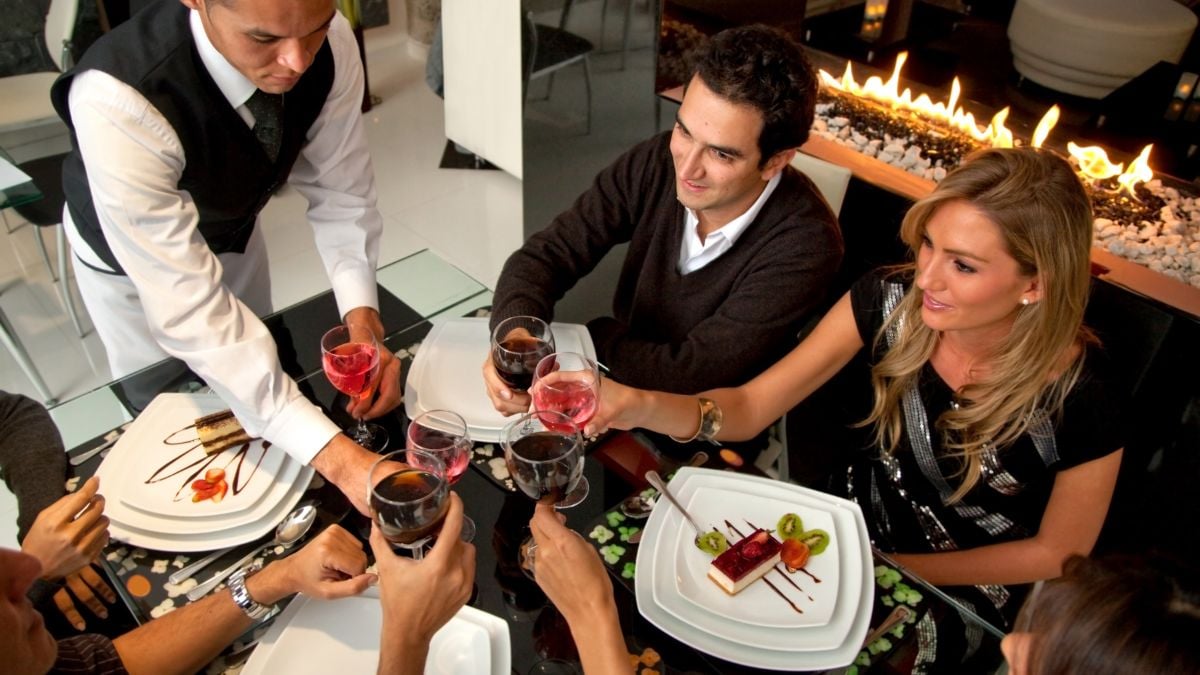
Eating out should feel fun and stress-free, but restaurants are masters at boosting profits in ways most diners don’t even notice. From sneaky pricing to sneaky promotions, some tactics can quietly add extra dollars to your bill. The worst part? Many of these scams look harmless at first glance. The good news is, once you spot the red flags, you’ll never fall for them again. Here are the most common tricks restaurants use—and how they work.
Outdated Online Prices Trap
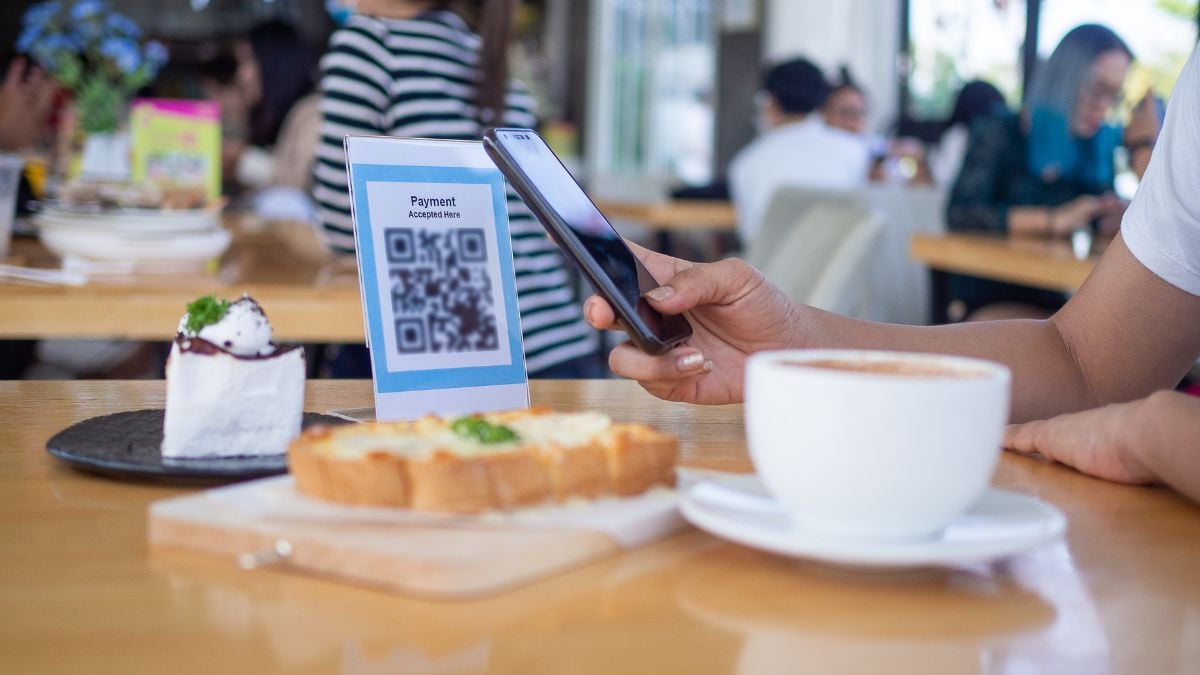
Checking the menu online before you head out seems smart, right? The problem is many restaurants leave cheaper “old” menus up to lure people in. When you arrive, the actual prices are higher, but by then you’re already seated and less likely to walk out. That small price bump multiplied across every guest adds up big for the business. Always double-check the in-house menu before ordering.
Hidden Extras That Sneak Onto Bills
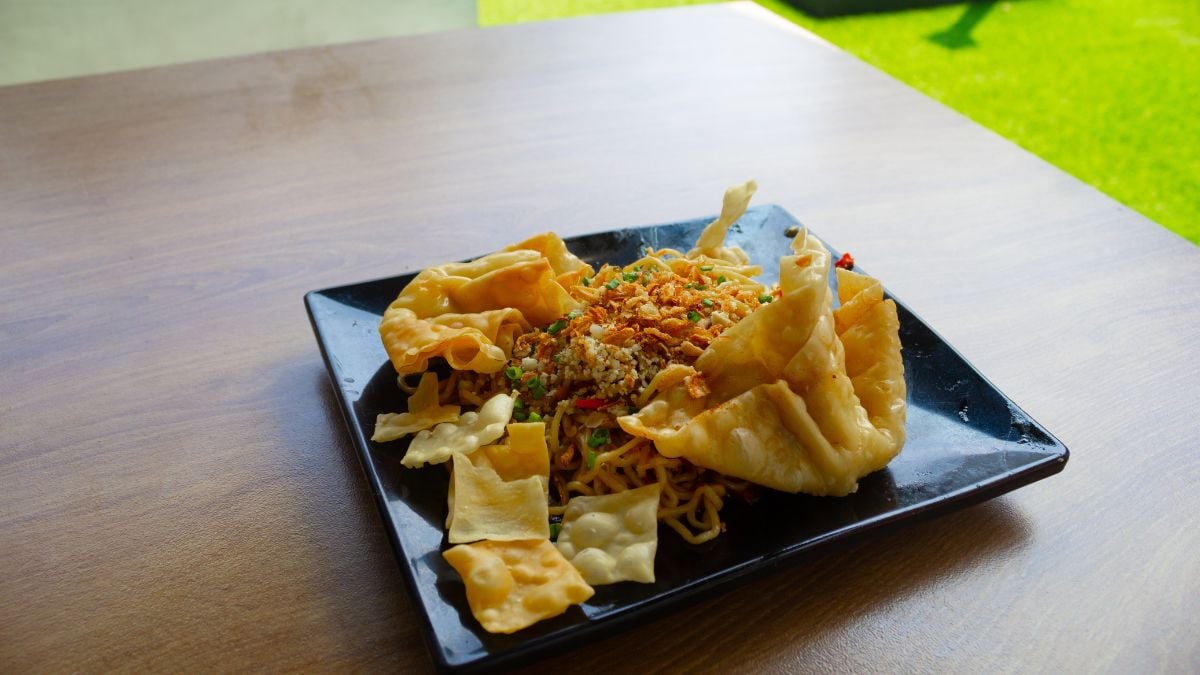
Servers might casually suggest an extra dip or sauce without warning that it costs more. Only later does it pop up as a hidden charge on your receipt. Restaurants rely on diners being too polite—or too distracted—to argue over a couple of bucks. But multiply that across a full night of tables, and it’s a big money-maker. Ask if “extras” are included before saying yes.
Misleading “Too Good” Promotions

Big fonts shouting “FREE!” or “50% OFF!” are designed to reel you in. But the fine print often tells a different story: minimum purchase requirements, weekday-only deals, or limits that weren’t highlighted. By the time you realize, you’ve already ordered more than you planned. Don’t get dazzled—always read the terms before buying into promos.
The Automatic Gratuity Trick
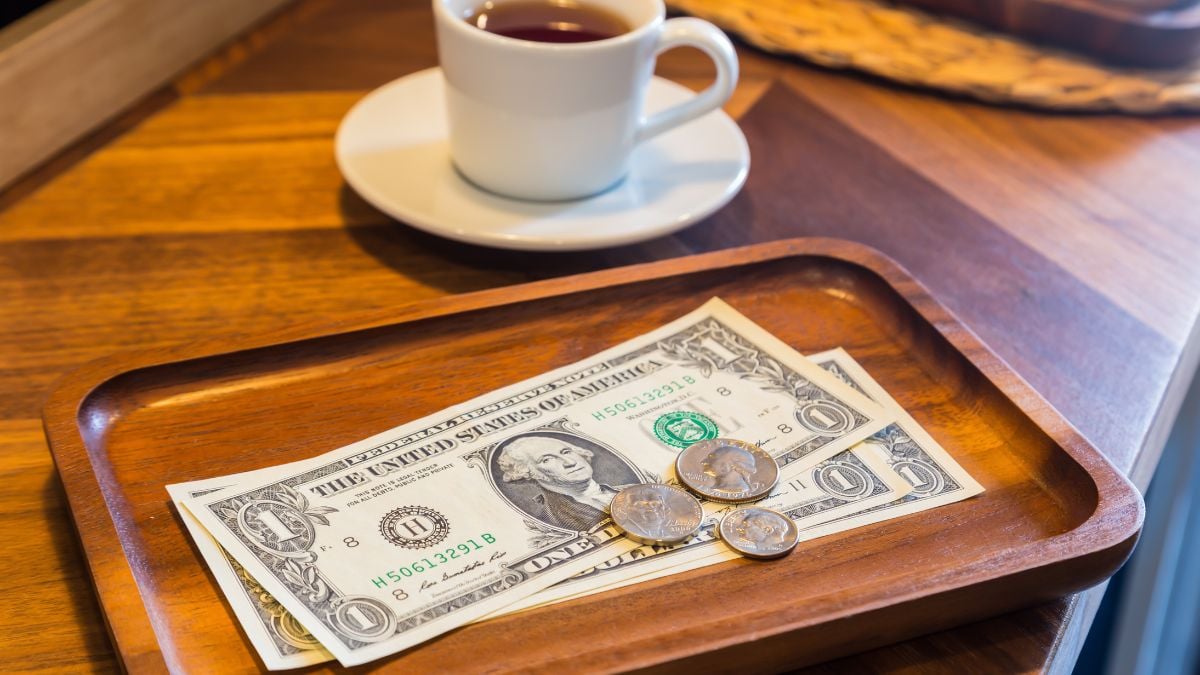
Adding a tip directly to your bill isn’t shady on its own. The scam comes when restaurants calculate it on the post-tax amount instead of the pre-tax subtotal, making you pay more than expected. Others slip it onto smaller parties without telling you. Always check where that “service charge” is coming from and do the math yourself.
The Ice-Filled Glass Move

Ever order a soda and notice half the glass is ice? That’s not generosity—it’s a trick to give you less actual drink while making it look full. Many diners don’t complain, so restaurants get away with serving less product at the same price. Next time, ask for less ice (or none at all) if you want your money’s worth.
The “Freshly Baked” Illusion
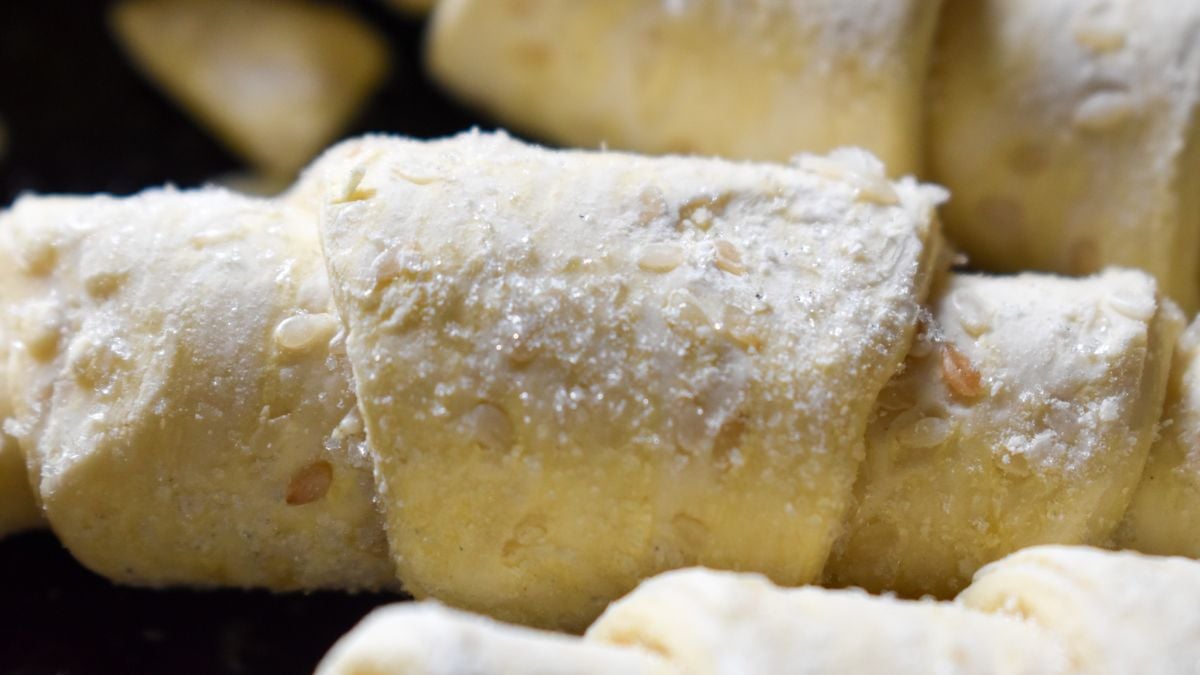
Menus love using the phrase “baked fresh,” but that doesn’t always mean from scratch. Often, pastries and breads are delivered frozen, then reheated or baked in-house before serving. Technically fresh out of the oven, but not the artisanal experience you imagined. If authenticity matters to you, ask where the baked goods are sourced.
Trendy Ingredients Overpriced
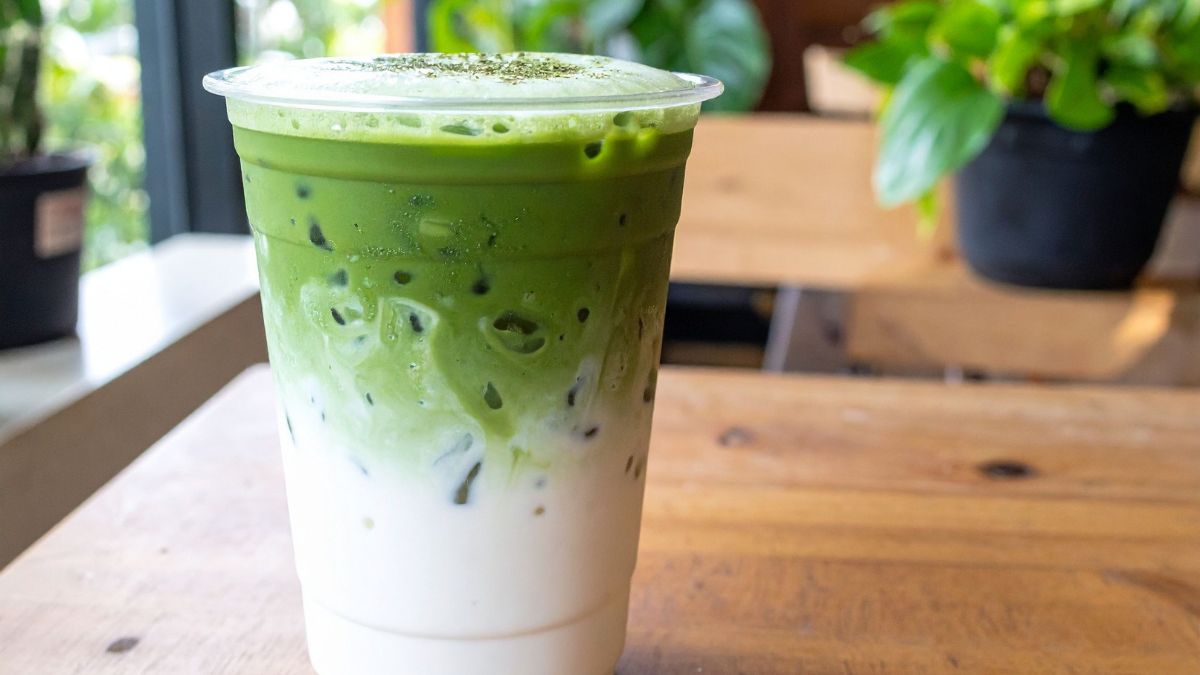
Whether it’s truffle oil, matcha, or the latest TikTok craze, restaurants cash in by charging a premium for trendy add-ons. These extras don’t always improve the dish—they just ride the hype. Customers pay more for the thrill of trying something “special.” If you’re just curious, go for it, but don’t expect it to always be worth the markup.
Accidental—or Not—Overcharges
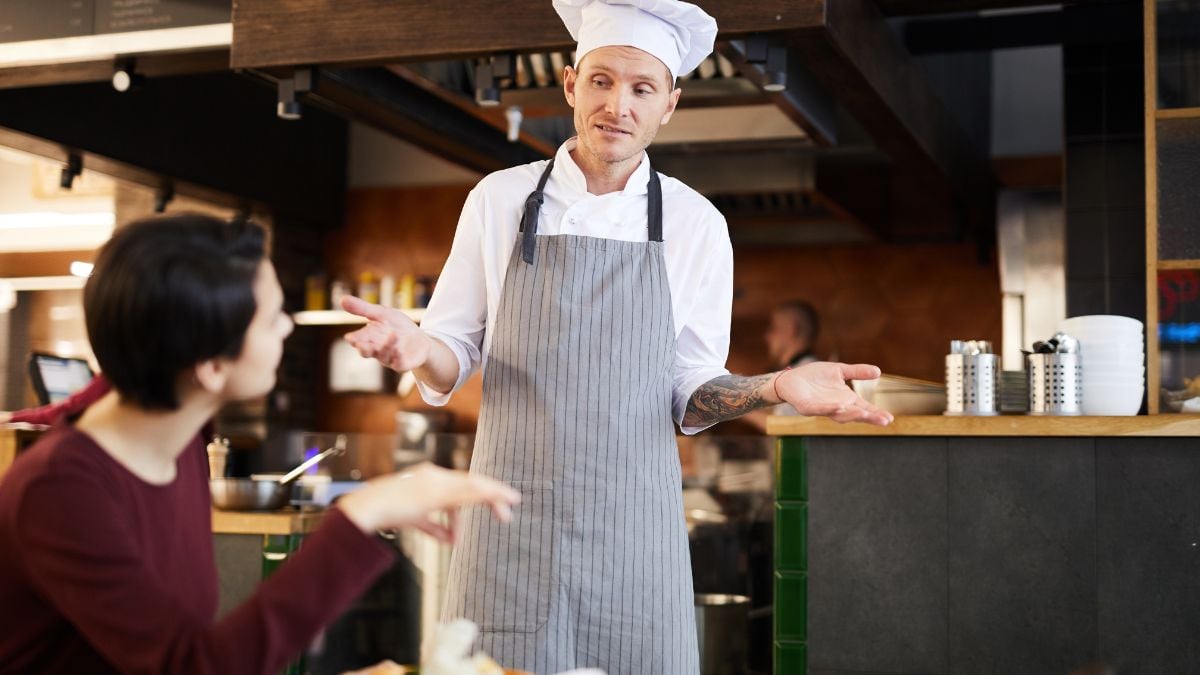
A double charge for one meal, or a dish you never ordered showing up on the bill, could look like an innocent mistake. But in busy restaurants, these “errors” often go unnoticed by guests who don’t check receipts. That means easy extra income for the restaurant. Protect yourself by reviewing your bill line by line before paying.
Gift Card Trap

Restaurants love selling gift cards, but studies show billions of dollars’ worth go unused each year. That means money in their pocket without ever serving a single meal. While they seem like a thoughtful present, they often expire in junk drawers. Instead, book a dinner and pay in advance—you’ll actually enjoy what you paid for.
Mobile App Hook
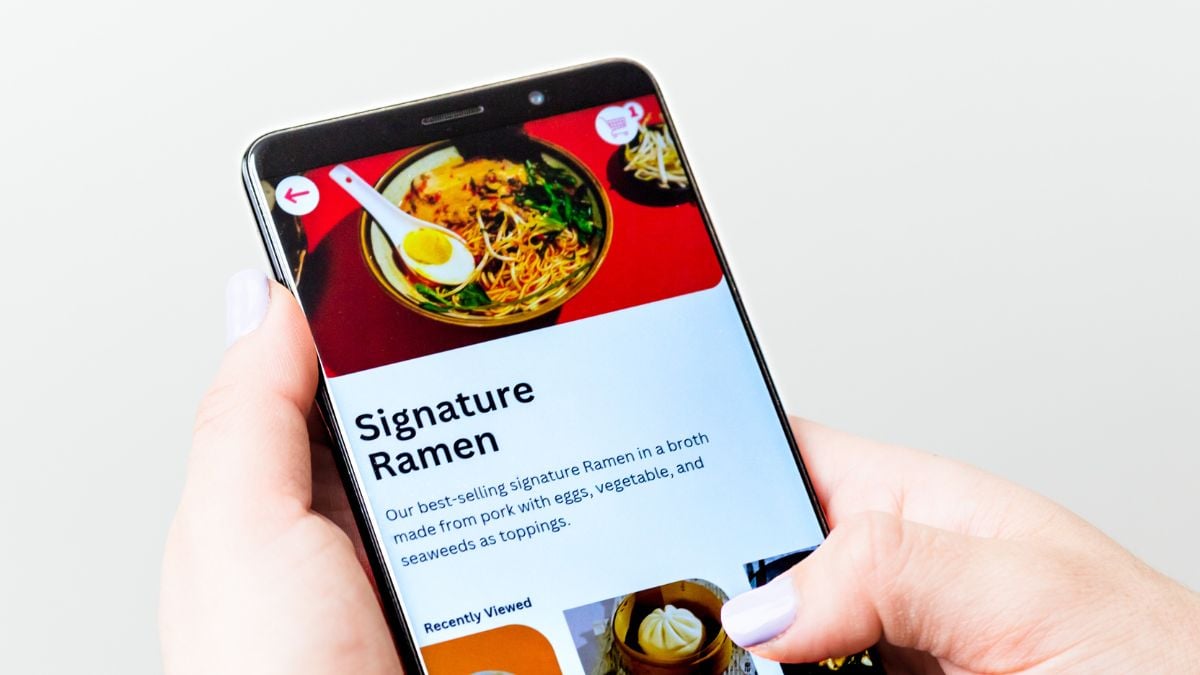
Downloading a restaurant’s app promises discounts and perks, but it’s really a way to keep you locked into their ecosystem. Push notifications remind you to order, tempting you into spending more than you planned. The “exclusive offers” often just guide you toward higher-profit menu items. Be cautious—free fries today could lead to unnecessary spending tomorrow.
Outsmart the Restaurant Playbook
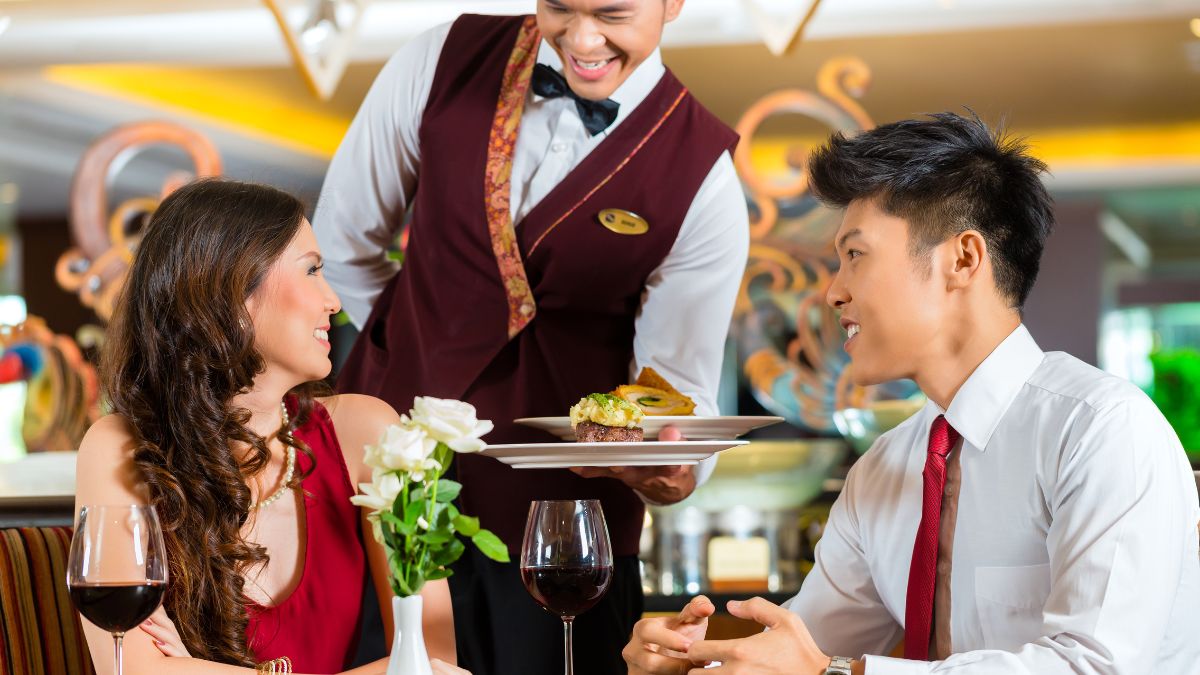
Restaurants thrive on subtle tricks that make you spend more without realizing it. From overloaded ice to overpriced trends, these scams can drain your wallet if you’re not paying attention. But once you know the game, it’s easier to spot the moves and decide when to say no. Have you ever caught a restaurant trying one of these tactics on you? Share your experience—we’d love to hear what you’ve noticed!

